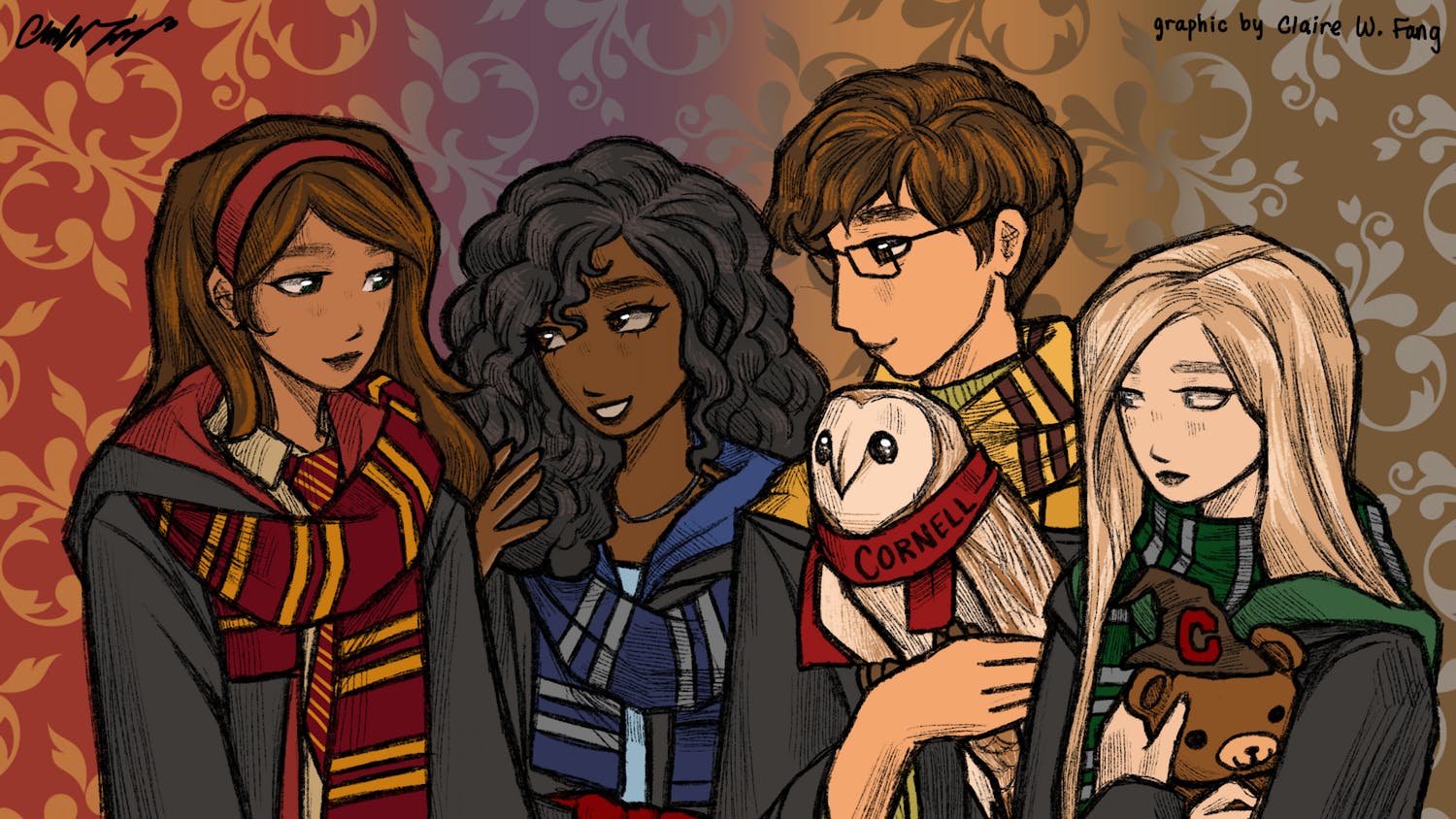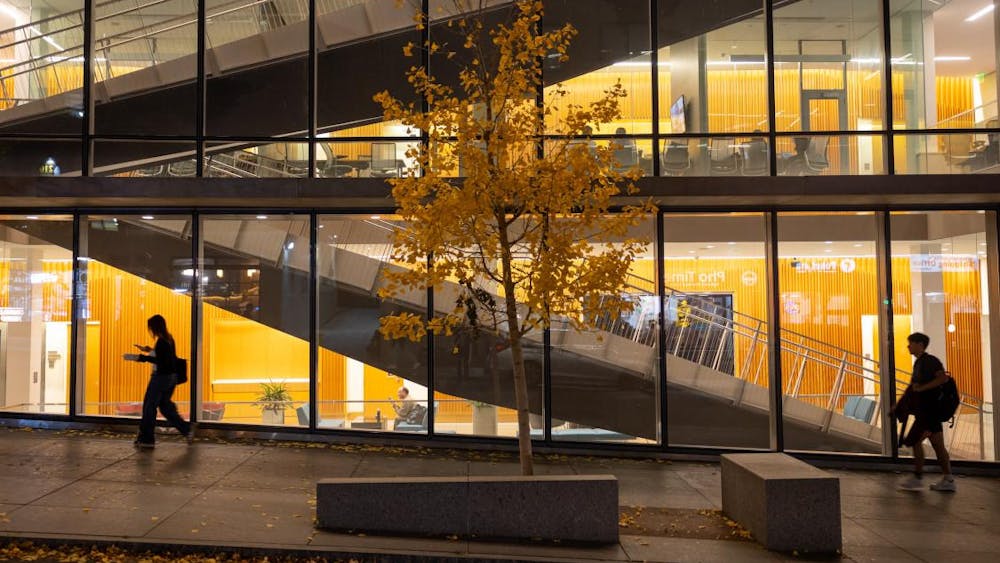Coachella 2024: My ribcage is crushed between a barricade and the crowd behind me, there is no relief from the 100 degree desert heat and I’m running purely on adrenaline and three hours of sleep. I cannot relate to the mob of EDM fanatics behind me — at least, that’s what I thought until the house act steps onstage. And although I went to the festival for Tyler, the Creator, it was John Summit and Dom Dolla’s collaborative set, elusively named Everything Always, that convinced me to stay.
I have always found something enigmatic about house music’s allure. Until the months leading up to Coachella, I had sworn off the genre in detest of its repetition. For years, I couldn’t fathom the appeal of four-on-the-floor beats and electronically-looped lyrics, but my friends convinced me to start listening when the festival’s line-up was announced, and I’ve been an EDM-lover ever since (shoutout “Miracle Maker,” the Dom Dolla song that sparked my love for all things house).
So on Oct. 11, I found myself anxiously awaiting the four singles set to release by Matroda, Cloonee, John Summit and Dom Dolla. My personal favorite is Dom’s “CAVE”: Tove Lo’s upbeat melody provides a welcome relief from the hard-hitting drum and bass in the background and the overall listenability is more than satisfying. “When The Bass Kicks In” by Matroda is destined to be a club-classic, but its lackluster beat switches reflect an absence of ambition atypical of the DJ’s techno-inspired beat drops. Cloonee’s “Still My Baby” is similar: as an artist, he stayed comfortable by leaning into his signature kick sound, but his production is reliably incredible. To my surprise, John Summit’s “Go Back” remix was the most disappointing of the four — by far. I have loved that song since I heard it live, but YDG’s techno-spin was an injustice to its character.
YDG’s “Diamond” is an example of his more creative releases, with the techno-approach serving to enhance the song as a whole, rather than to make for the most exciting beat drop. I think an attempt at the latter has been made on “Go Back.” Julia Church’s vocals are a marvel of their own and John Summit’s house flair is the reason so many of us fell in love with this single in the first place. The addition of YDG’s overdone synthetic bassline feels like a cheap attempt at eliciting a reaction from the crowd.
But remix culture is of historic significance within subgenres of EDM, and it is especially salient today. The genre was conceived in the ’70s and ’80s in the Disco, PostDisco and Synthpop eras via remixing the time’s most popular songs. DJs work closely with one another to combine their unique sounds and strategies, either through back to back sets, features or remixes. Collaboration is an integral aspect of the genre and remixes specifically give already-released singles an excitingly novel flair. Although YDG’s “Go Back” was far from exceptional, it represents a blend of electronic styles native to DJs and their discographies.
Remix culture goes hand in hand with the mass production and proliferation of music today, resulting in older songs and artists gaining popularity. Purple Disco Machine is just one example of media reborn in this era of new wave house music, and his performance at Coachella was a wildly engaging set of throwbacks that entertained both his longtime fans and nomadic festival-goers. The flipping of older songs, like John Summit’s “Sweet Disposition” or FISHER’s “Jamming,” revives the original works and the musicians that inspired them.
Charli XCX’s newest, all-remix album Brat and It’s Completely Different but Also Still Brat has the potential to bring remix culture to other music niches entirely. Her hyperpop inspired sound is EDM-adjacent, but her soaring popularity in mainstream media has designated her a pop icon. With this album, the artist recruited features like Tinashe, Bon Iver, Lorde and Troye Sivan to create space for themselves on her iconic album while preserving the integrity of every piece. It is through these remixes that we are not reminded of the dichotomy between an artist's abilities, but the interplay of their unique talents. The album is a refreshing reminder that remixes offer artists the opportunity to defy their comfort zones and garner new audiences.
With this house-music revival, the genre is establishing itself within the scope of pop culture and bringing remixes to the forefront of mainstream music. Hopefully, this means more innovation, more creativity and more music for all of us.
Mia Roman-Wilson is a freshman in the College of Arts and Sciences. She can be reached at mjr436@cornell.edu.











